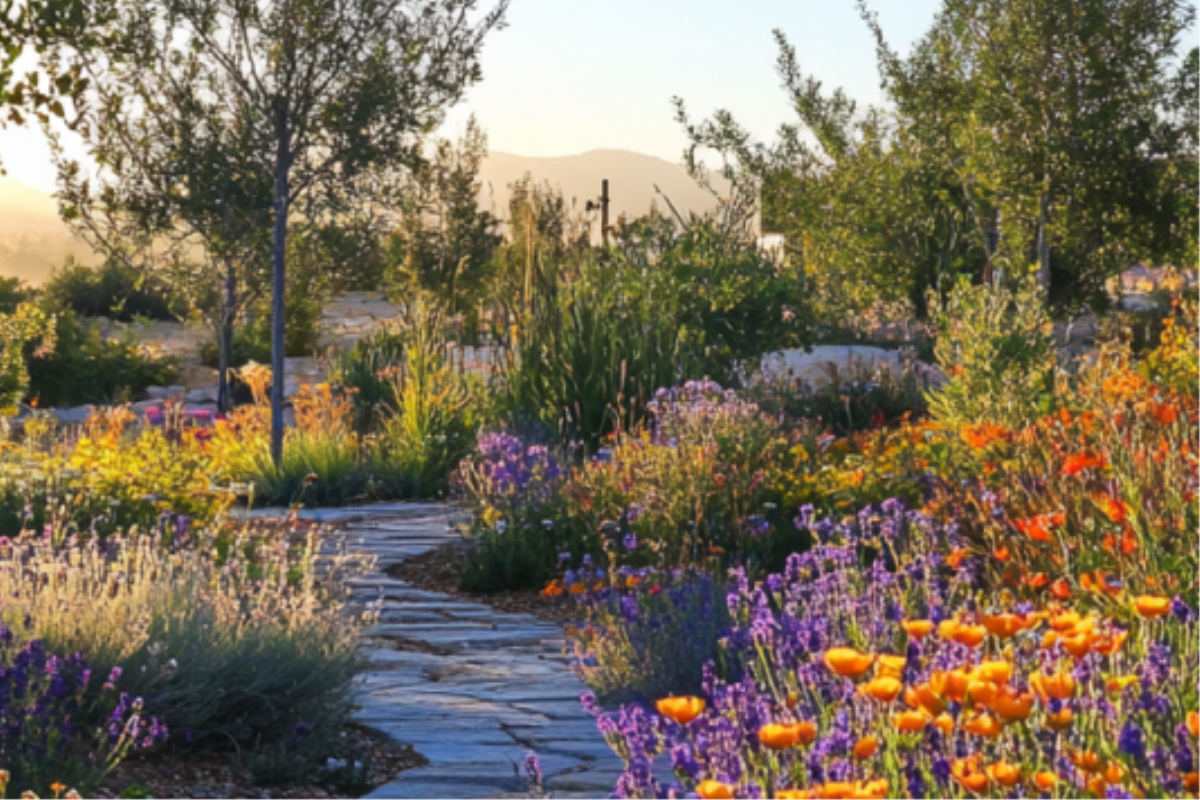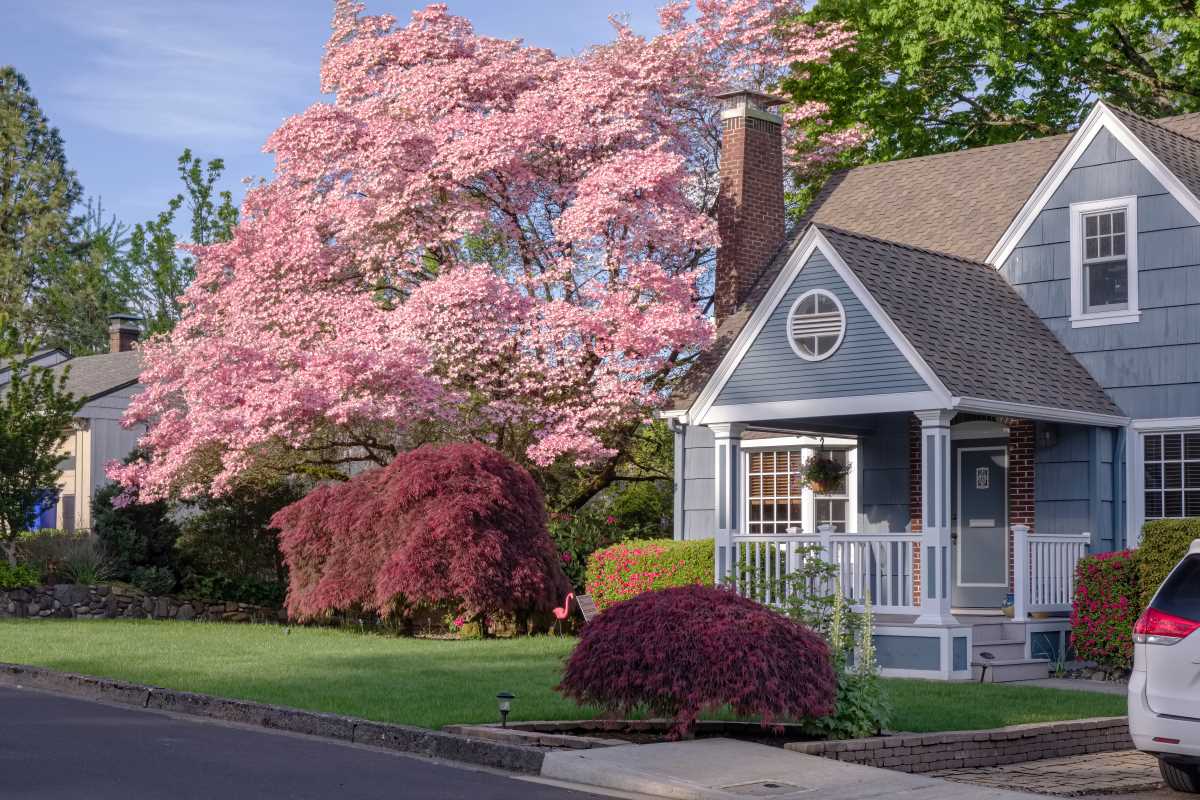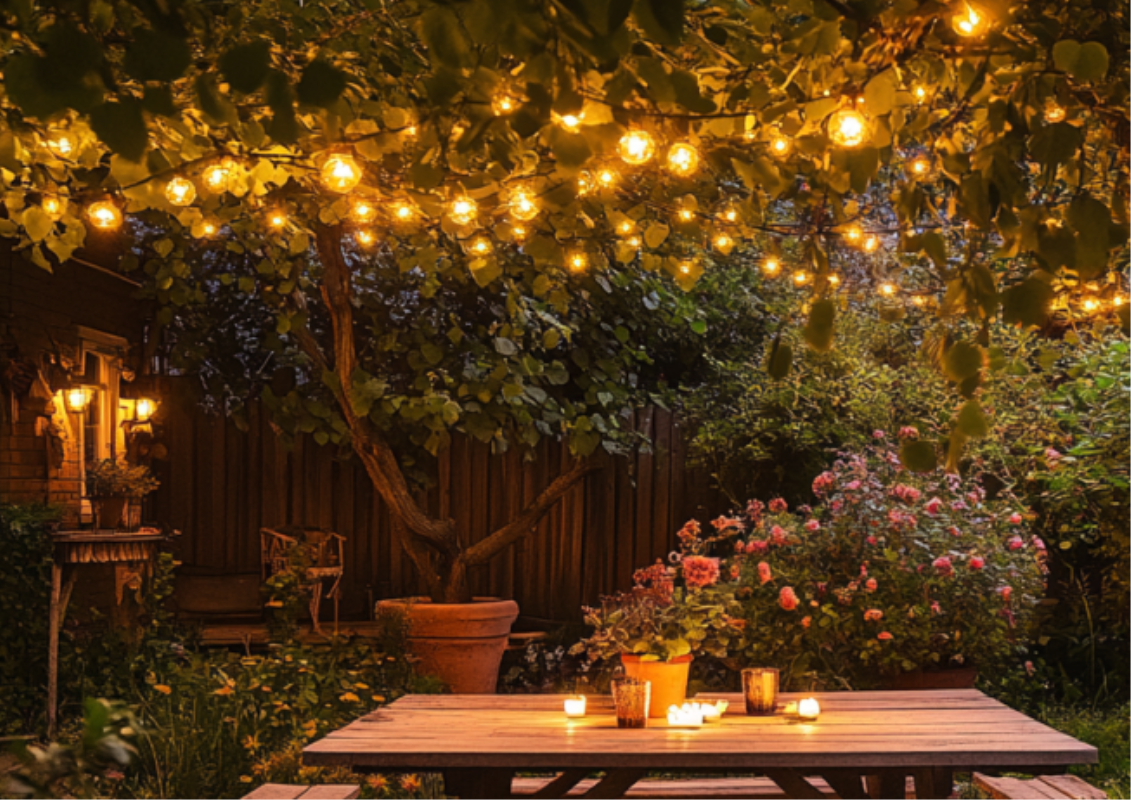A lush, vibrant garden doesn’t have to come with high water bills or a hefty environmental impact. With a little planning and creativity, you can create a water-wise garden that’s as beautiful as it is sustainable. Also known as xeriscaping, water-wise gardening involves selecting the right plants, using efficient watering techniques, and designing a thoughtful layout to conserve water.
Whether you live in a dry climate or just want to reduce your water usage, adopting these practices will cut down on utility costs and contribute to a more eco-friendly lifestyle. Let’s dig in and design a garden that saves water and makes your outdoor space shine!
1. Start with Smart Plant Selection
The plants you choose will have the biggest impact on how water-efficient your garden is. Look for naturally drought-tolerant and low-water plants that thrive in your climate.
Tips for Choosing Water-Wise Plants:
- Go Native: Local plants are already adapted to your region’s weather and soil conditions, which means less watering and maintenance. Check out local nurseries or garden centers for native plant suggestions.
- Explore Succulents and Cacti: These hardy plants store water in their leaves, making them perfect for arid environments. Aloe vera, jade plants, or hens and chicks are great choices.
- Opt for Perennials: Perennials like lavender, agave, and ornamental grasses save water and provide lasting beauty year after year.
- Group by Needs: Place plants with similar water and sunlight requirements together to simplify watering and reduce waste.
Pro Tip: Divide your garden into “zones” based on how much water each section needs. For instance, place highly drought-resistant plants in the sunniest spots and keep thirstier ones close to shaded or wind-protected areas.
2. Improve Your Soil for Better Water Retention
Even the toughest plants need well-prepared soil to thrive. Good soil retains moisture and reduces the need for frequent watering.
How to Prepare Your Soil:
- Add Organic Matter: Mix compost, aged manure, or shredded leaves into your soil. Organic matter improves water retention and provides nutrients for plants.
- Mulch It Up: Spread a thick layer of mulch (2-3 inches) around your plants. Mulch keeps the soil cool, prevents evaporation, and reduces weed growth. Options like shredded bark, straw, or gravel work wonders.
- Test Your Soil: Conduct a simple soil test to check its drainage. If water pools on the surface, consider adding sand or grit to improve texture.
Pro Tip: For potted plants, use soil specifically formulated for water conservation to keep the roots hydrated longer.
3. Water Wisely and Efficiently
Once your garden is planted, watering becomes the next key to sustainability. It’s not just about how much water you use but how and when you use it.
Watering Tips for Maximum Efficiency:
- Use Drip Irrigation: Drip irrigation systems deliver water directly to the roots, minimizing waste. They’re easy to install and work perfectly for flowerbeds, vegetable gardens, or potted plants.
- Invest in a Rain Barrel: Harvesting rainwater is a simple, eco-friendly way to reduce water usage in your garden. Position a barrel under your downspout to collect runoff, then use it to water your plants.
- Water in the Early Morning: Watering early reduces evaporation and allows plants to soak up moisture before the heat of the day.
- Check Your Lawn: Lawns are notorious water-guzzlers. Consider reducing the size of your lawn or replacing it with drought-tolerant ground covers like creeping thyme or clover.
Quick Tip: Teach your plants to be resilient! Deep, infrequent watering encourages roots to grow deeper, making plants more drought-tolerant over time.
4. Choose Water-Friendly Hardscaping
Landscaping isn’t just about plants; hardscaping plays a crucial role in conserving water and enhancing your garden’s beauty.
Ideas for Water-Saving Landscaping:
- Replace Grass with Gravel: Create pathways, patios, or dry-river beds using materials like gravel, decomposed granite, or stone. These require no water or maintenance!
- Add Raised Beds: Using raised beds can improve drainage and keep everything more organized, especially in areas with heavy rainfall.
- Install Retaining Walls: Retaining walls prevent runoff and erosion while directing water where it’s most needed.
- Go Vertical: Maximize your space and save water by growing climbing plants on trellises or vertical gardens. These reduce soil evaporation while creating a stunning green backdrop.
Creative Idea: Incorporate decorative elements like garden sculptures, pebble mosaics, or water features that recycle their water for sustainability.
5. Keep an Eye on Maintenance
A water-wise garden doesn’t require constant upkeep, but a little regular maintenance goes a long way in keeping it beautiful and efficient.
Maintenance Tips:
- Weed Often: Weeds compete with your plants for water. Regular weeding ensures more moisture for your greenery.
- Prune and Trim: Cut back overgrown or damaged plants to prevent them from stealing resources from healthier ones.
- Check for Leaks: If you’re using drip irrigation or a sprinkler system, inspect it regularly to fix leaks or clogs that waste water.
Bonus Tip: Keep track of changing seasons and adjust your watering schedule accordingly. You’ll use less water during cooler months and more during dry periods.
6. Love the Benefits
Designing a water-wise garden isn’t just about conserving water–it’s about creating a space that’s functional, cost-effective, and undeniably gorgeous. Here are just a few benefits you’ll enjoy with your eco-friendly garden design:
- Lower Water Bills: By using efficient watering techniques, you’ll see a noticeable drop in your monthly utility costs.
- Environmental Impact: A water-wise garden reduces your footprint and preserves local water supplies.
- Low Maintenance: Once established, drought-tolerant plants and thoughtful hardscaping are incredibly easy to maintain.
- Biodiverse Beauty: Many low-water plants attract pollinators like bees and butterflies, creating a thriving mini-ecosystem.
Encouragement: Think of your garden as a living investment in sustainability. Every drop you save and every plant you grow contributes to a greener future–literally!
 (Image source: Midjourney)
(Image source: Midjourney) 





